February 2022
February 23, 2022
Bird-Cage Earrings Containing Live Birds
Worn by actress Shary Marshall - Apr 1967. Designed by Lynda Bird Johnson, daughter of President Johnson. The cages contained Australian Snow Finches.
The Orlando Sentinel - Apr 1, 1967
They would pair well with this bird hat that we've previously posted about (worn by actress Jane Bough in 1968).

Posted By: Alex - Wed Feb 23, 2022 -
Comments (3)
Category: Fashion, Headgear, 1960s
The Warmlite Catalog
This 1974 sporting goods catalog decided to feature many nude models. I guess you had to live thru the 1970s to understand how this seemed a good idea.The company is still up and running.
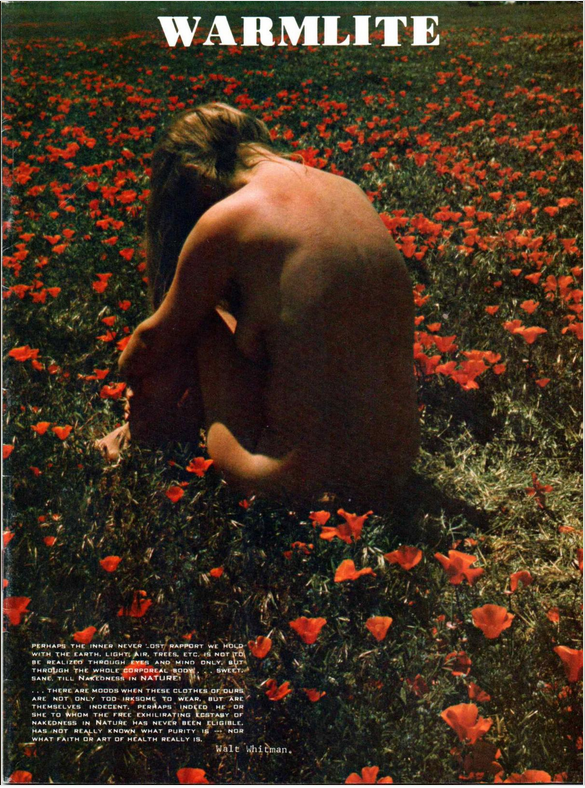
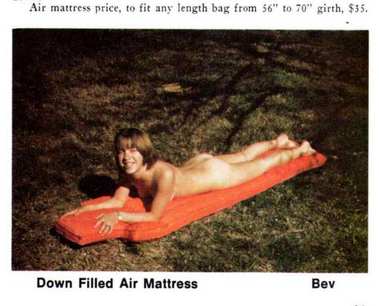
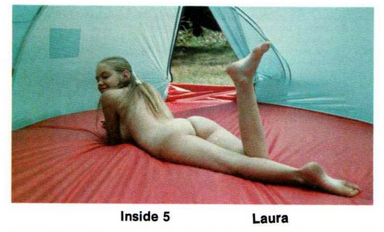
Posted By: Paul - Wed Feb 23, 2022 -
Comments (3)
Category: Publishing, Sports, Nudism and Nudists, 1970s
February 22, 2022
The replica Roman coin that fooled a museum
Nov 1971: Nine-year-old Fiona Gordon realized that the supposedly ancient Roman coin on display at the South Shields Museum was actually a promotional replica given away by a soft drinks company, Robinsons.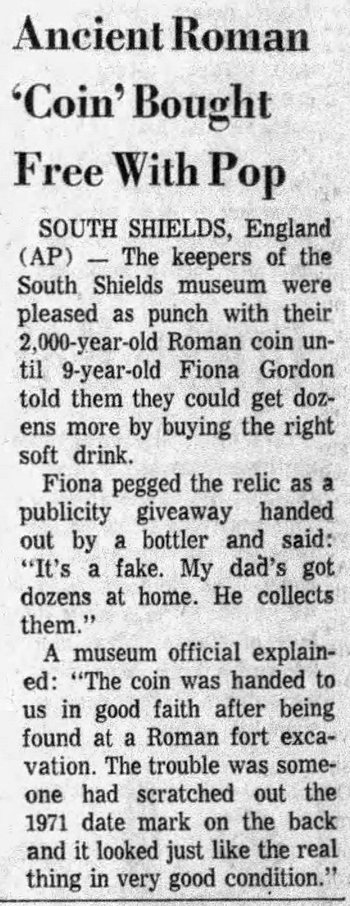
Newport News Daily Press - Nov 3, 1971
I'm pretty sure that the coin below is similar (if not identical) to the one that was on display at the museum. In 1971, Robinsons sent these coins to anyone who mailed in enough bottle caps. (Source: CoinCommunity.com)
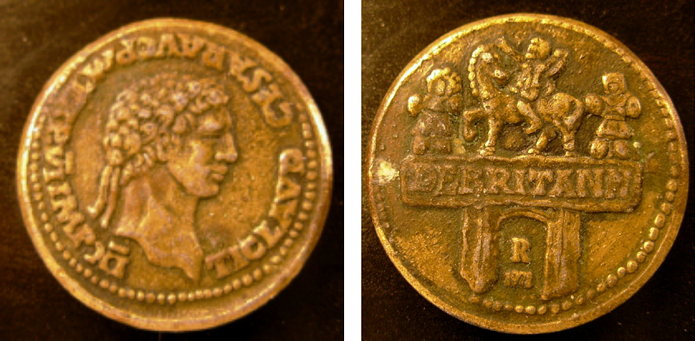
Posted By: Alex - Tue Feb 22, 2022 -
Comments (1)
Category: Imitations, Forgeries, Rip-offs and Faux, Money, Soda, Pop, Soft Drinks and other Non-Alcoholic Beverages, 1970s, Ancient Times
The Future Farmers of America Sweethearts
Visit this page for a full history, and lots more photos.Prior to 1969 about the only way a female could be involved with the FFA was to be a chapter sweetheart. In the early days of the FFA, it was common for a chapter to have an FFA Sweetheart. The Sweetheart was typically voted on by the members and the selection of the sweetheart more often than not was a popularity/beauty contest. The Sweetheart, often wearing a white sweetheart jacket, might represent the chapter in a parade, at the school’s homecoming, or in a county livestock show or fair.
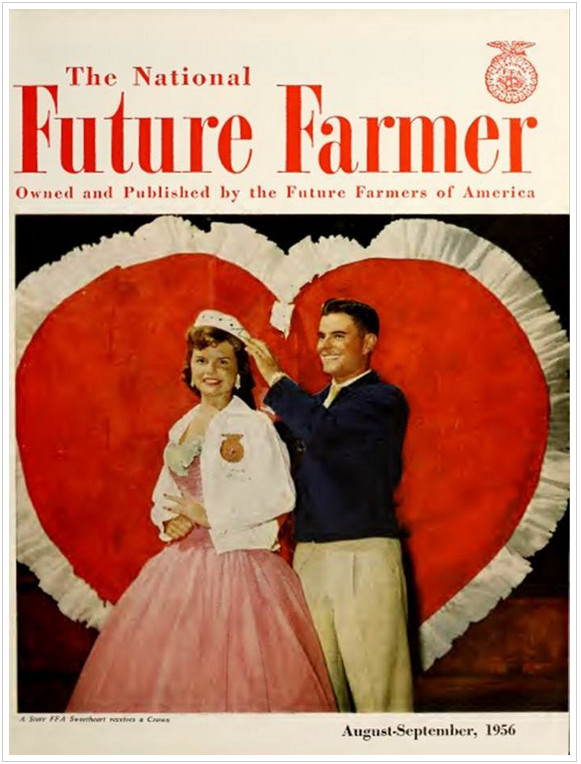
Posted By: Paul - Tue Feb 22, 2022 -
Comments (0)
Category: Agriculture, Awards, Prizes, Competitions and Contests, Beauty, Ugliness and Other Aesthetic Issues, Education, Twentieth Century
February 21, 2022
The Automatic Human Jukebox
For many years, beginning around 1972, Grimes Poznikov entertained crowds at San Francisco's Fisherman's Wharf by transforming himself into the "Automatic Human Jukebox."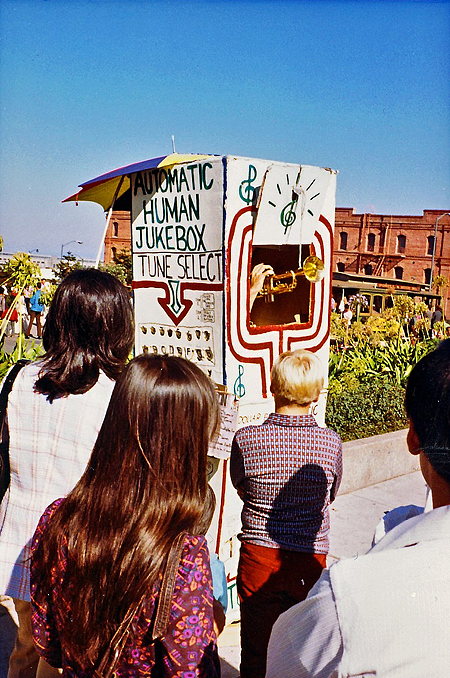
source: wikipedia
Some details about him from a 1975 syndicated article by reporter Philip Hager (The Spokane Spokesman-Review - Sep 14, 1975):
For three years, he has been delighting the throngs of visitors to Fisherman's Wharf and Ghiardelli Square, popping out of a box the size of a telephone booth to offer such selections as "Sentimental Journey," "When the Saints Go Marching In," and, inevitably, "I Left My Heart in San Francisco."
But even as a minor institution in a city with a deserved reputation for unorthodoxy, Grimes Poznikov, the Automatic Human Jukebox, has found himself facing an unceremonious eviction from the streets of San Francisco.
Poznikov's problem is that he has been cited for occupying a public street without a permit, a charge he intends to fight before a jury.
In recent weeks, seeking that elusive permit, he has been turned down by the city's Public Works Department, the Recreation and Parks Department, the Art Commission and, finally, the Board of Permit Appeals.
As a streetcorner jukebox, he doesn't fit into a tidy official category.
"I'm in a gray area, somewhere between a musician and a street artist," he explained. "The Public Works Department pointed out that under their rules I wasn't a building either."
During the height of the tourist season, Poznikov almost every day erects his seven-foot-high jukebox on the corner of Beach and Larkin, using a wire cord to anchor the structure to a nearby maple tree.
Passersby are invited to make a selection from a list of tunes Poznikov has mastered and drop in a coin. ("AHJ practices no economic discrimination," a sign announces. "However, quality... will vary automatically with the quantity of coins inserted.")
In his paper Poznikov has recorded his observations of his customers during what he calls three years worth of "ongoing demonstration of mass psychotherepeutic implementation," noting such details as "... a five to 35 second raucous laughter follows most AJH actuations."
Passersby, he has written, first refer to the jukebox in "non-personified pronoun terms" ("it") then, upon his emergence horn in hand, they speak of it as a "living component" ("he").
Poznikov regards the Automatic Human Jukebox as an experimental art form, patiently explaining to a puzzled questioner, "I want to legitimize and advance the system of non-verbal communication... the people who come here can interact with the jukebox, participate in the process of making music."
According to wikipedia, he ended up dying homeless on the streets in 2005. His life inspired a short opera titled Broken Jukebox which premiered in Jan 2008 at College of Marin.
Posted By: Alex - Mon Feb 21, 2022 -
Comments (2)
Category: Eccentrics, Outsiders, Marginals, the Excluded and Low-castes, Music, Performance Art, 1970s
Buster’s Joke on Papa
Posted By: Paul - Mon Feb 21, 2022 -
Comments (0)
Category: Animals, Movies, Oceans and Maritime Pursuits, Comics, 1900s, Pranks
February 20, 2022
Name That List, #65
What is this a list of? The answer is below in extended.- five men's gold wedding rings
- four small cans of lima beans
- an empty tin of fruitcake
- a non-working Rayovac flashlight
- a guitar with two broken strings
- a Janis Joplin cassette tape
- a transistor radio in a leather case
- costume jewelry
- a pair of wrenches
- a horse hair brush
- an alarm clock
- half a can of gasoline
More in extended >>
Posted By: Alex - Sun Feb 20, 2022 -
Comments (2)
Category: Name That List
The Giant Typewriter of the Panama-Pacific International Exposition
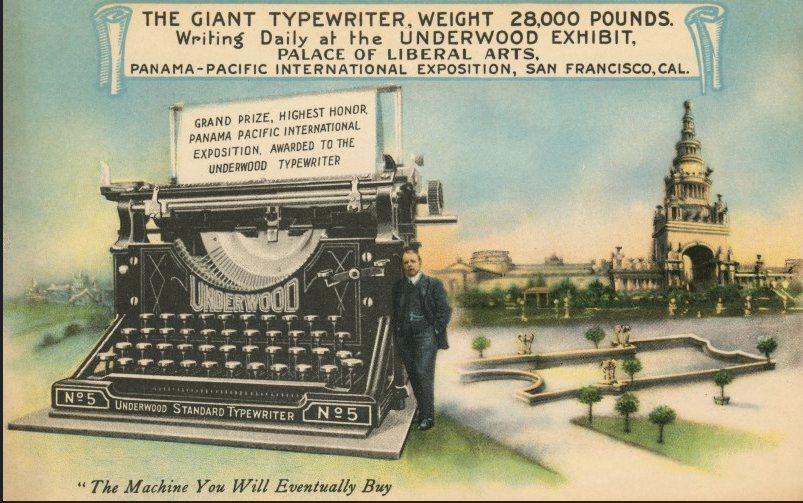
Visit this blog for tons more photos and the whole fascinating history of this device. I will say that the author misses mentioning one iconic way that the notion of a giant typewriter remained afloat in the culture. Any Boomer knows that it figured in a classic Batman adventure.
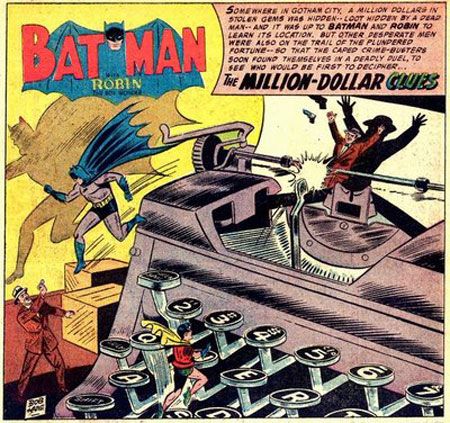
Posted By: Paul - Sun Feb 20, 2022 -
Comments (1)
Category: Excess, Overkill, Hyperbole and Too Much Is Not Enough, Expositions, World Fairs, Celebrations, Twentieth Century
February 19, 2022
Nuclear Tunneling
One of the projects that researchers at Los Alamos have worked on is a 'subterrene'. This is a nuclear-powered tunneling machine capable of boring through solid rock at high speed by melting the rock. They were granted a patent (No. 3,693,731) for this in 1972.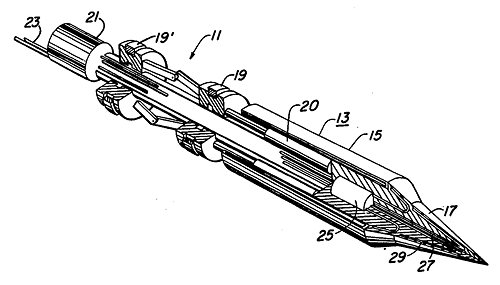

There's some info about this (as well as it's possible use on the Moon or Mars) in the book Terraforming Mars:
The same technology was proposed by Joseph Neudecker and co-workers, in 1986, as a means by which tunnels might be bored upon the Moon in order to construct a subsurface transportation system. Describing their nuclear-powered melting machine as a SUBSELENE, Neudecker et al. calculate that a fission-reactor-heated, 5-m diameter tunneler could be made to advance by as much as a 50-m per day through the lunar subsurface. This tunneling, they argued could (indeed, must) be operated remotely. Importantly, for tunnel coherence and stability, the material melted at the front of the SUBSELENE would be extruded at its backend to form a glass lining on the tunnel wall.
Wikipedia has an article about the Subterrene, noting the rumor that the Soviets actually built such a device which they called the "battle mole".
Posted By: Alex - Sat Feb 19, 2022 -
Comments (1)
Category: Caves, Caverns, Tunnels and Other Subterranean Venues, Patents, Atomic Power and Other Nuclear Matters, 1970s
King Croesus
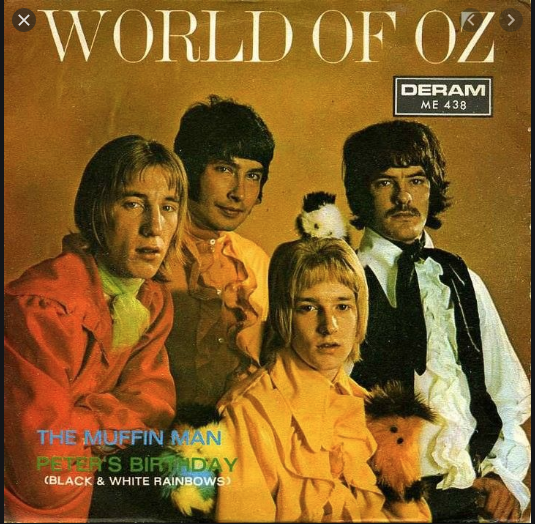
Their Wikipedia page.
Posted By: Paul - Sat Feb 19, 2022 -
Comments (0)
Category: Music, Myths and Fairytales, Psychedelic, 1960s, United Kingdom
| Get WU Posts by Email | |
|---|---|

| Who We Are |
|---|
| Alex Boese Alex is the creator and curator of the Museum of Hoaxes. He's also the author of various weird, non-fiction books such as Elephants on Acid. Paul Di Filippo Paul has been paid to put weird ideas into fictional form for over thirty years, in his career as a noted science fiction writer. He has recently begun blogging on many curious topics with three fellow writers at The Inferior 4+1. Chuck Shepherd Chuck is the purveyor of News of the Weird, the syndicated column which for decades has set the gold-standard for reporting on oddities and the bizarre. Our banner was drawn by the legendary underground cartoonist Rick Altergott. Contact Us |

